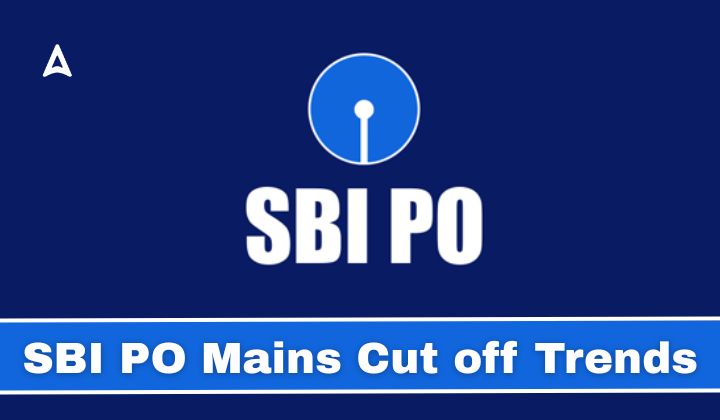The SBI PO Mains Exam is scheduled for 5 May 2025, and many candidates are eager to know the SBI PO Mains Cut Off Trend of Last 3 Years. Analyzing these trends will help candidates set a clear and realistic expectation for the upcoming exam. Understanding the previous years’ cut-offs can also help in planning a more focused and strategic preparation.
SBI PO Mains Cut Off Trend of Last 3 Years
To excel in the SBI PO Exam, it is important for candidates to understand the SBI PO Mains Cut-Off trends from the past three years. The cut-off scores provide valuable insight into the exam’s difficulty level and competition over time. By studying these trends, candidates can better anticipate the challenges of the upcoming exam. Below, we have provided a table highlighting the state-wise cut-off marks for the SBI PO Mains Exam.
| SBI PO Mains Cut Off Trend of the Last 3 Years | |||
| Category | 2021 Cut Off | 2022 Cut Off | 2023 Cut Off |
| General | 94.85 | 78.56 | 70.00 |
| OBC | 86.54 | 73.61 | 62.25 |
| SC | 77.32 | 65.34 | 57.50 |
| ST | 75.01 | 62.51 | 57.50 |
| EWS | 90.01 | 75.95 | 70.00 |
| LD | 75.35 | 62.62 | 57.50 |
| VI | 97.72 | 71.27 | 57.50 |
| HI | 75.77 | 62.8 | 58.00 |
| D & E | 75.17 | 63.46 | 58.25 |
The Role of Previous Year’s Cut-Offs in SBI PO Exam Mains
The cut-off marks give you an idea of the minimum score needed to succeed. This allows you to focus your preparation on crucial areas that contribute significantly to the overall score, ensuring you’re targeting the right sections. Here are few pointers which can help you to understand the importance of the exam:
Helps Set Realistic Expectations: By understanding how the cut-off has been trending in past years, you can set realistic goals for yourself. If the cut-off has consistently been higher in recent years, you’ll know that you need to aim for a higher score to stay competitive.
Provides Insight into Exam Difficulty: The cut-off marks are influenced by the difficulty level of the exam. If the cut-off is lower one year, it could indicate that the exam was relatively easier, or there were fewer candidates who scored highly. If the cut-off is higher, it might mean the exam was tougher or there was more intense competition.
Helps Gauge Competition Level: Cut-offs reflect the level of competition in the exam. A higher cut-off generally indicates tougher competition, while a lower cut-off suggests fewer highly competitive candidates. Understanding this helps you tailor your preparation according to the competitive landscape.
Aids in Time Management: If you know the minimum qualifying marks from previous years, you can manage your time more effectively during the exam. This helps in prioritizing questions and ensuring you complete the exam within the allotted time frame.
Informs You About Sectional Cut-offs: Sometimes, exams have sectional cut-offs in addition to the overall cut-off. Knowing past sectional cut-offs can help you plan your time accordingly and focus on sections where the cut-off is traditionally high.
Motivates You to Perform Better: Knowing the historical cut-off marks can be motivating. It shows you the level of performance needed to succeed, giving you a clear target to strive for and helping you maintain focus throughout your preparation.




 IBPS Clerk Mains Expected Cut Off 2025, ...
IBPS Clerk Mains Expected Cut Off 2025, ...
 NIACL AO Cut Off 2025, Check Prelims Cut...
NIACL AO Cut Off 2025, Check Prelims Cut...
 IBPS RRB PO Prelims Cut Off 2025 Out, Ch...
IBPS RRB PO Prelims Cut Off 2025 Out, Ch...








